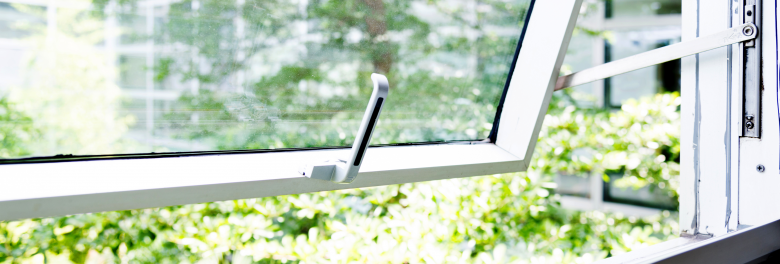
Addressing overheating early in the design process makes it easier to comply with the increasingly challenging TM59 overheating criteria. Our use of the new Good Homes Alliance (GHA) tool provides an excellent framework for doing so.
Understanding the site context that surrounds the proposed buildings is important as much as the dwelling characteristics. Considering the use of light coloured surfaces to reflect away solar radiation and vegetation around the buildings will contribute to reducing the urban heat island effect and provide a milder external environment especially when natural ventilation is provided by window openings.
In addition, keeping the glazing ratio below 35% of the total façade area is good practice to reduce the risk of overheating. Where this isn’t possible or desirable, compensatory measures are required to balance out the use of higher glazed areas. For instance, the design must include the use of external shading to limit the solar radiation entering the building and/or larger openable areas of windows to help quickly dissipate the heat. Overall, engaging with overheating issues during the early stages of the design process can alleviate overheating issues and lead to better and comfortable buildings.
Posted on July 9th, 2020
Related services: Overheating Assessment, Façade Optimisation,